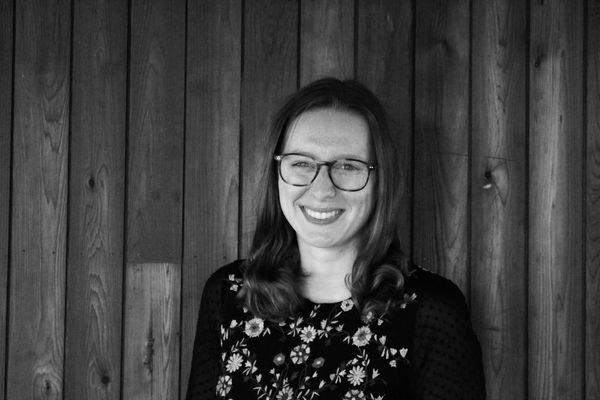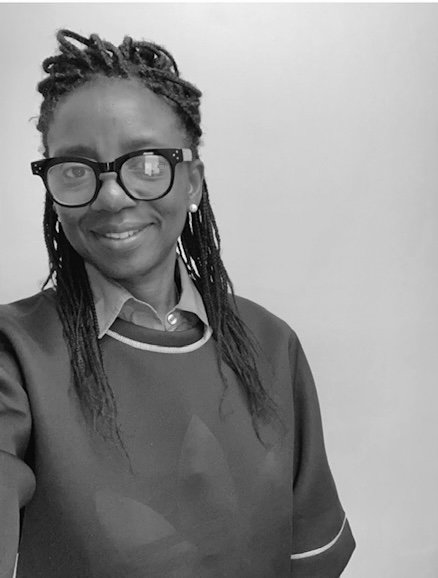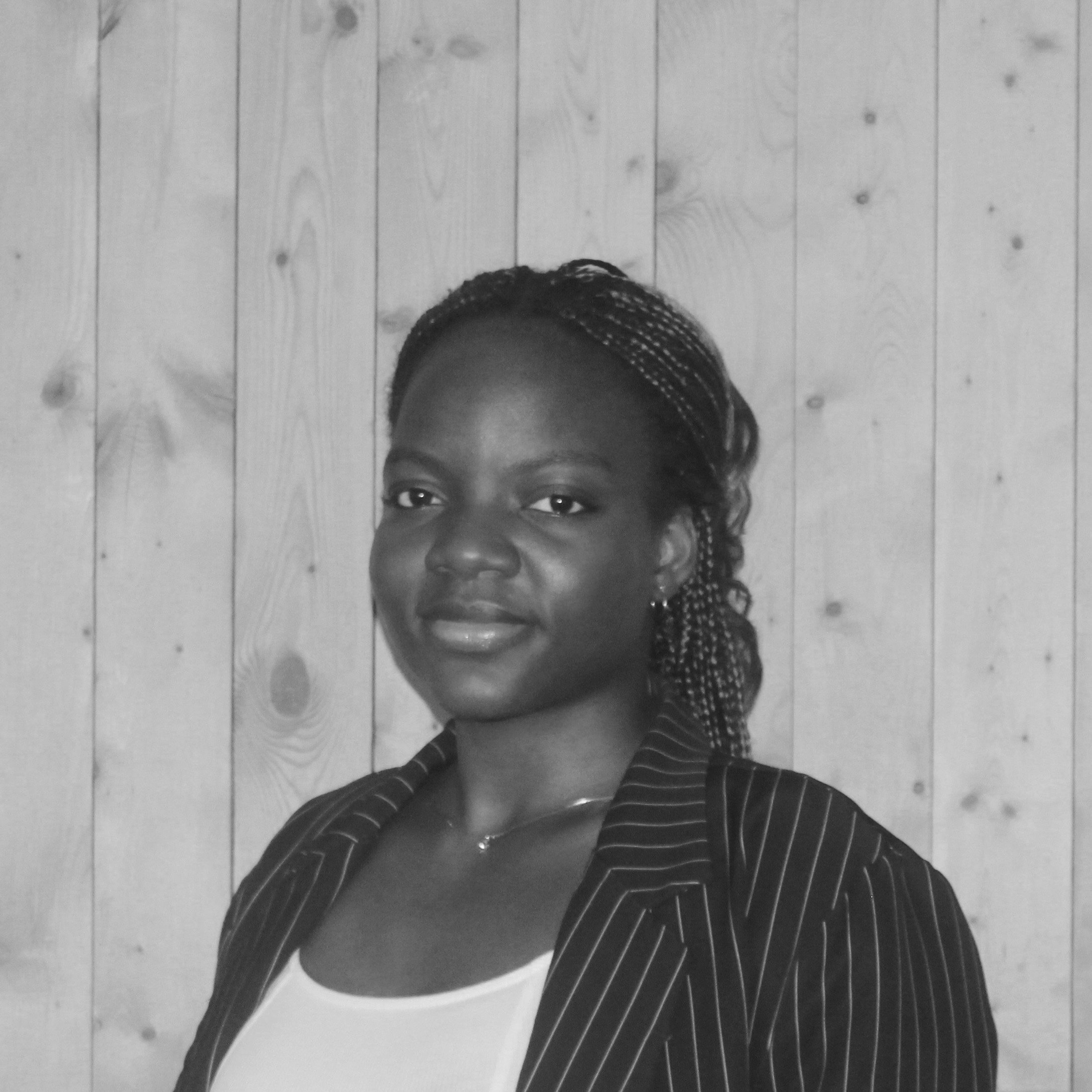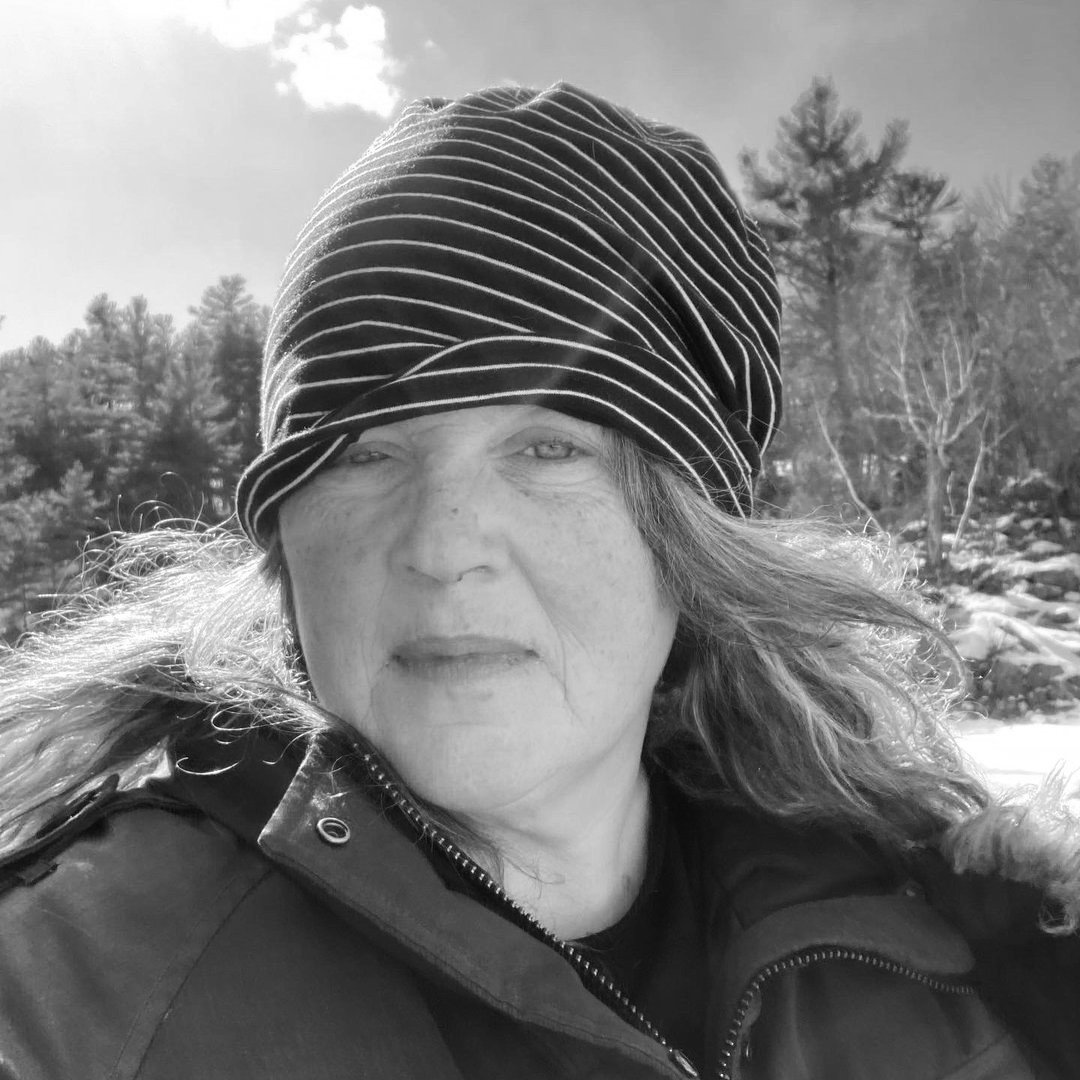The BEANorth Executive Committee is comprised of a talented group of people with various expertise. Members are engaged at various levels of professional practice and banded together with the common purpose to advance the achievements and visibility of women, minorities, and other underrepresented groups. The team works to plan and execute events which are held throughout the year, bringing together young professionals, students and experts alike.
Rebecca Jacob
Managing Director / Co-founder
Grace Wilson
Vice Managing Director / Co-founder
Taylor Dixon
Social Media Coordinator
Kea Koutsoukis
Committee Member
Isabelle Lafond
Social Media Coordinator
Noémie Lavigne
Committee Member
Hannah Taylor
Merch Coordinator
Emmalyn Bugaliski
Supporting Graphic Designer
Raechel Hamilton
Supporting Graphic Designer
Maggie Burt
Member at large [Yellowknife]
Emilie Renaud
Member at large [North Bay]
Holly Sutton
Member at large [Timmins]
Sarah Wetteskind
Committee Member
Ruth Elder
Committee Member
Bimpe Agboola
Committee Member
Maxine Blais
Committee Member
Erica Gomirato
Member at large [Sudbury]
Noor Balit
Committee Member
Favour Oluwayomi
Committee Member
Lanxin Yang
Committ Member
BEANorth is incredibly fortunate to have the guidance and wisdom of four leading female practitioners who comprise the BEANorth Advisory Committee. As BEANorth seeks to build momentum for a shift in the profession—towards greater diversity and equity on a systemic level, the advisory committee works closely with the Executive committee to provide networking and mentorship opportunities, while furthering the values of the organization.
Shannon Bassett
Advisory Chair / Co-founder
Shannon Bassett is a Canadian-American architectural and urban designer. Her research, teaching, writing and practice operate at the intersection of architecture, urban design and landscape ecology. She holds a Masters of Architecture in Urban Design from the Harvard Graduate School of Design, and a Bachelors of Architecture with Distinction from the Carleton University School of Architecture. Shannon is a faculty member at the McEwen School of Architecture at Laurentian University.
Her writing on both China’s explosive urbanization and its changing landscape, as well as shrinking cities and the post-industrial landscape in North America, has been published in Topos, Urban Flux and Landscape Architecture Frontiers Magazine (LAF) and Canadian Architect. Her design research and work has been exhibited both nationally, as well as internationally, including at the Hong Kong Shenzhen Bi-City Biennale of Urbanism and Architecture (2012). She is the author of (Re)Stitch Tampa: Designing the Post-War Coastal American City through Ecologies.
Betsy Williamson
Betsy Williamson is a registered architect with the Ontario Association of Architects and a Fellow of the Royal Architectural Institute of Canada (FRAIC). Through her years of experience in small award winning design firms, Betsy brings to the office her enthusiastic commitment to architectural practice and high quality design. She has developed expertise in detail clarity and creative solutions balanced by focused project management skills.
Betsy received a Master of Architecture from Harvard University and a Bachelor of Arts with Honors in Architecture from Barnard College. Her office’s work has been awarded the prestigious 2014 Emerging Architectural Practice Award by the Royal Architectural Institute of Canada and the 2014 Emerging Voices Award by the Architectural League of New York. Betsy was also named a finalist for the Architects’ Journal 2015 Emerging Woman Architect of the Year Award. In its early days WWInc. was awarded the Ronald J. Thom Award for Early Design Achievement from the Canada Council for the Arts and won the Canadian Prix de Rome for their research in the field of innovative wood construction.
Betsy continues to foster her commitment to engaging the city in a greater capacity through volunteer work on a number of boards and committees. As vice-chair of the Waterfront Toronto Design Review Panel, she actively contributes to a culture of quality at an urban scale by signaling that high quality design is a critical consideration for the development of Toronto’s waterfront and the city.
Harriet Burdett-Moulton
Métis architect Harriet Burdett-Moulton, Fellow of the Royal Architectural Institute of Canada (RAIC), was the first architect to practice in what is now known as Nunavut.
Harriet is from Labrador, with Inuit, British and Montagnais roots. She spent her early life in a traditional nomadic lifestyle. In 1976 Harriet graduated from TUNS, now Dalhousie School of Architecture, and became the fist Indigenous female Architect in Canada in 1979. She is a member of the RAIC Indigenous task force and is well-respected and honoured architect. In May 2016, Harriet was made a fellow of the RAIC, in June 2017, she received an Honorary Doctorate of Design from Ontario College of Art and Design (OCAD) University in Toronto, and in November 2017, she was awarded a Labradorian of Distinction metal. In June 2021, she received an Honorary Doctorate of Laws from Carleton University in Ottawa.
Harriet has been responsible for numerous design projects across northern Canada building her expertise in collaborating with culturally diverse groups designing an assortment of building types. She has been involved in the design of educational facilities, recreational facilities, health care facilities, places of worship and feasibility studies. Her work encompasses major additions, and renovations as well as new construction. In addition to her passion for well-designed culturally significant buildings, she is an award winning jeweller and has experience and education in community international development.
Emmanuelle van Rutten
Emmanuelle van Rutten graduated from the Carleton University School of Architecture with high academic distinction and the AIA Henry Adams Medal in 1998. An architect in Ontario and Quebec, she maintains a close relationship with her alma mater, where she fulfills her passion for architectural pedagogy and discourse through teaching design studios and as a guest critic.
Over the years, Emmanuelle has become an energetic member of the professional community in Ottawa, leading the growth of the Moriyama & Teshima Architects office where she was named director for the National Capital Region in 2014 and principal in 2017. Emmanuelle has worked on many landmarks and award-winning projects in Ottawa, such as the Canadian War Museum, the Delegation of the Ismaili Imamat, and the Visitor Welcome Centre Phase One on Parliament Hill. Current projects include the Rehabilitation of the West Memorial Building in the Parliamentary Precinct. Emmanuelle also led the Beaverbrook Library renovation and addition in Kanata, Ontario which received national and international recognition.
Fluent in both official languages, she has been a member of the Ottawa Urban Design Review Panel since 2015, and previously sat on the steering committee of the Institute for BIM in Canada.
Emmanuelle has served as the RAIC’s Regional Director for Ontario North, East, and Nunavut since 2015. During that time, she supported advocacy efforts on files such as procurement reform, led outreach efforts via lectures at universities across the region, and represented the RAIC before the House of Commons Committee on Energy, the Environment and Natural Resources.
Amber Salach
Architect / Partner, Bélanger Salach Architecture. Amber’s roots are in Sudbury and she is passionate about designing community buildings, working with the public and various groups and stakeholders to bring projects to life. She thrives on creating beautiful and engaging public spaces for the Northern community. This strong sense of engagement and love for bringing good design to Sudbury is showcased through not only her mindful design work but also through her involvement in a number of municipal committees, volunteer work with various arts and culture groups and architectural jury work for various organizations.
Amber completed her Bachelor of Architecture at Carleton University’s School of Architecture and continued on to graduate from the Masters of Architecture Program in 2007. Upon completion, she returned to Sudbury to start her architectural internship. Her travel abroad during school reconfirmed her desire to develop her career in her home city of Sudbury and also allowed her to bring an appreciation of the unique landscape and showcase what our community has to offer.
Amber is the appointed chair of the Northern Ontario Society of Architects (NOSA), a grassroots local architectural society of the Ontario Association of Architects (OAA), where she devotes her time to organizing continuing education events, promoting local architecture and dialogue amongst NOSA members and community at large. Amber takes wholehearted honour, pride and great determination in being the 4th generation of architects to lead a firm established in 1964 that has created legacy projects throughout Sudbury and the North. She was appointed partner in 2015 and is the first female architect and partner of the firm, which is now operating as Bélanger Salach Architecture. Amber is also the first licensed and practicing female architect in Sudbury.
Angèle Dmytruk
Angèle is a partner/architect at 3rdLine.Studio and Polestar CM Inc. Born and raised in Sudbury, she is the first female francophone architect and Partner practicing in Sudbury Ontario. Angèle received her undergraduate degree at Ryerson University (2006) and completed a Master’s of Architecture at Lawrence Technological University in Southfield, Michigan.
Upon graduating in 2013, she continued her work in the Greater Detroit area contributing to community-minded projects such as a Master Plan for Detroit Rouge Park which focused on developing safe living areas, public housing developments and parks for families in Detroit. An active member of the community, Angèle co-founded the non-profit organization Detroit Trees which focused on active approaches to reduce gun violence in the community.
With 15 years of experience in the field, Angèle’s focus has and continues to be developing meaningful and healthy spaces for her clients. She is well versed in design, construction, interior design, cost analysis, contract administration and project management across the institutional, commercial, residential and industrial sectors.
Passionate and dedicated to helping others, she focuses her efforts on contributing to the Sudbury community. Angèle has participated in numerous charity runs that raise money for organizations that address Kid’s Mental Health, Diabetes, and Breast Cancer. Angèle is currently Vice President of Internal Affairs with the Business and Professional Women’s Club of Greater Sudbury (BPW) and serves on the Board of Directors for Health Sciences North in Sudbury Ontario. Angèle has ambitions to contribute to the community by helping in sectors that provide services to our most vulnerable.
Nicole Luke
Nicole is an urban Inuk who is passionate about culture and design. Born in Yellowknife, NWT, Nicole is originally from the Kivalliq region of Nunavut where her family resides. She has lived in Winnipeg for the majority of her life and is the first Inuk to receive a Bachelor Degree of Environmental Design in 2019 and Masters in the Department of Architecture in 2021 at the University of Manitoba.
She aspires to become one of the first Inuit architects and aims to expose youth in smaller/northern communities to greater education related to the design field. Due to her exposure of urban areas, she is focused on the design realities communities face within rural and non-rural areas, and she believes the built environment is a key factor to socio-economic agency. Nicole is committed to indigenous initiatives and learning sustainable building practices in the north.










![Maggie BurtMember at large [Yellowknife]](https://images.squarespace-cdn.com/content/v1/60cd057c7ad3df610902b56d/1625926010005-H34ZG03ZKKEI4C90CX5W/maggie.jpeg)

![Holly SuttonMember at large [Timmins]](https://images.squarespace-cdn.com/content/v1/60cd057c7ad3df610902b56d/1629242696653-3KYCXBG7YK0Q4XKXUZ6F/holly+sutton+headshot.jpg)














